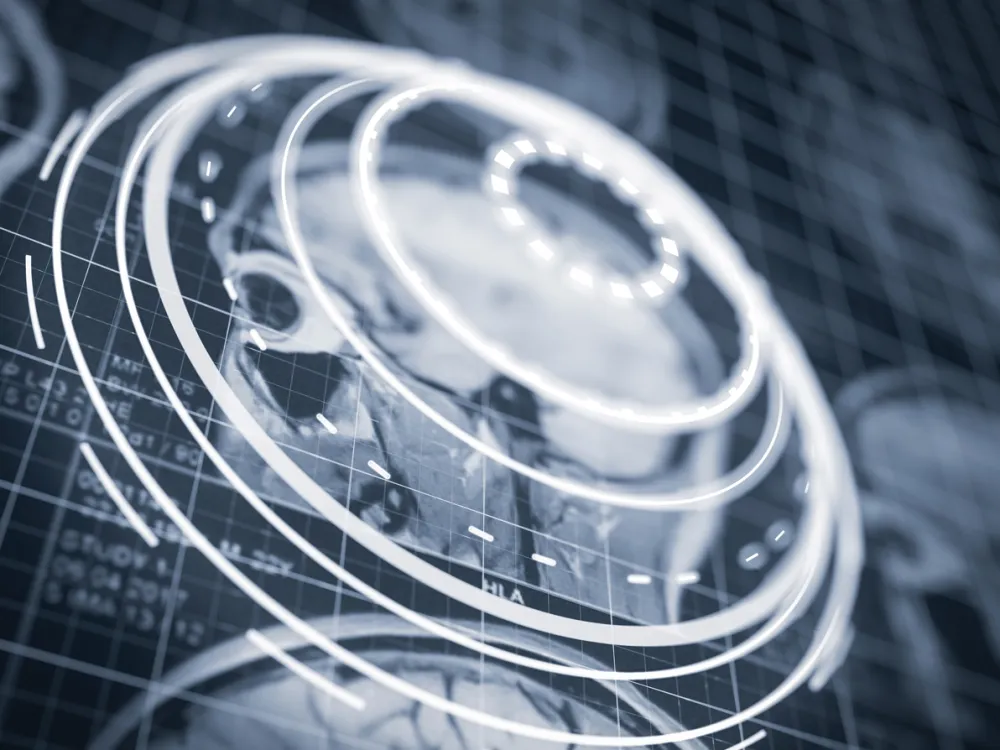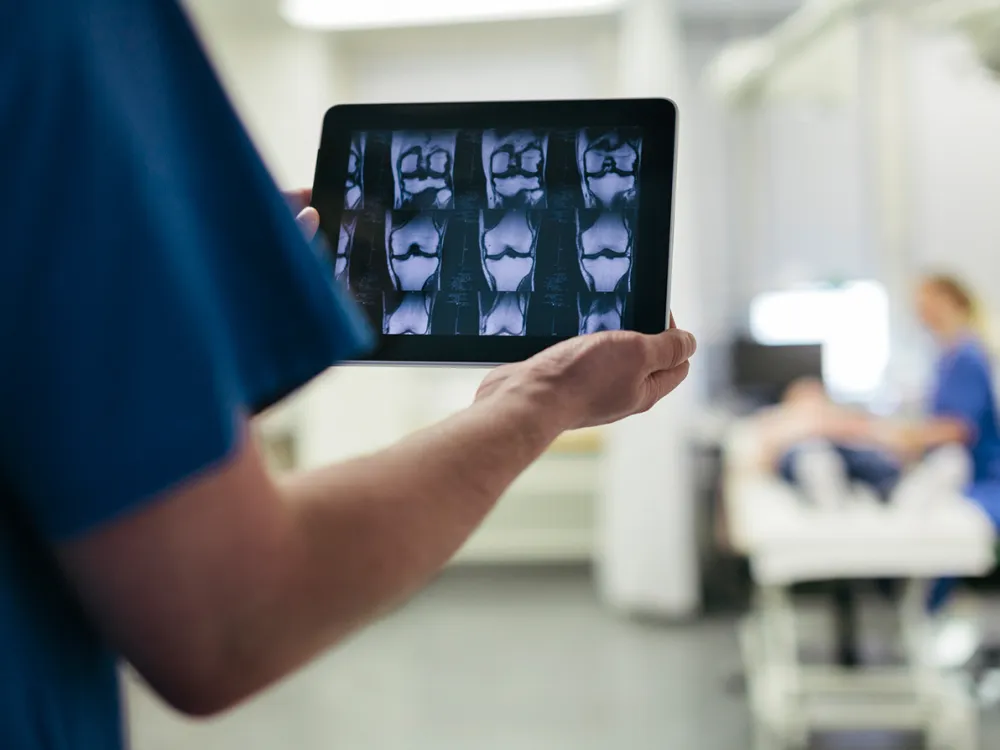
EDITORIAL
ABOUT INNOVATION FOR MRI
Magnetic resonance imaging (MRI) is a cornerstone of medical imaging and is essential in the diagnosis and monitoring of a variety of diseases. It is a recent field that has developed extremely rapidly, thanks to advances in technology and medicine.1
MRI is the technique of choice for evaluating many diseases because of its soft tissue contrast, high spatial and temporal resolution, and lack of ionizing radiation.2
A number of techniques are being explored to further enhance the diagnostic accuracy of MRI.

VIDEO
CHALLENGES AND PERSPECTIVES IN MRI
Professor Donna Roberts is working on the development of novel imaging techniques for the diagnosis of brain, neck and spine conditions at the Department of Radiology and Radiological Sciences at the Medical University of South Carolina. She shares her personal views about the opportunities and challenges facing MRI for the foreseeable future, with a special focus on pediatric patients.

ARTICLE
PROGRESS OF QUANTITATIVE MRI
MRI has historically generally been used qualitatively, to discern pathologies. However, MRI also has the functionality of assessing physical measurements, for example, of tissue volumes. An ability that has not gone unnoticed by clinicians and researchers working with MRI.

VIDEO
CHALLENGES AND PERSPECTIVES IN MRI
Professor Josep Munuera del Cerro, Head of the Diagnostic Imaging Service at Sant Joan de Déu Hospital in Barcelona, Spain, provides his view on what the issues, challenges and opportunities are likely to be for MRI over the next few years.
VIDEO
CHALLENGES AND PERSPECTIVES IN MRI
Professor Andrea Laghi, from the Radiology Unity at the Sant’Andrea University Hospital in Rome, Italy, explains what he thinks are going to be the opportunities and the major hurdles for clinicians to overcome in MRI.
VIDEO
CHALLENGES AND PERSPECTIVES IN MRI
Professor Lawrence Tanenbaum is the Vice President, Chief Technology Officer and Director of Advanced Imaging at RadNet Inc. Find out what his predictions are for the next ten years for innovation in MRI.

VIDEO
GUIDED BY OUR RELATIONSHIPS WITH THE RADIOLOGY COMMUNITY
Sit down with Guerbet CEO David Hale to learn more about our approach to innovation.

INFOGRAPHIC
A BRIEF HISTORY OF MAGNETIC RESONANCE IMAGING (MRI)
Travel in the Key dates of the history of magnetic resonance imaging

ARTICLE
LEARN MORE ABOUT THE HISTORY OF MRI
Providing excellent soft tissue contrast and a huge variety of accessible tissue parameters, MRI has revolutionized the diagnosis and treatment of a wide variety of medical conditions.1,2
MRI allows for the noninvasive visualization of structural and functional information of the human body.2 New magnetic resonance techniques, pulse sequence acquisition methods, and innovative hardware are continually being developed to improve image quality and shorten scanning times.2
References
- Viard A, Eustache F, Segobin S. History of magnetic resonance imaging: a trip down memory lane. Neuroscience. 2021;474:3-13.
- de Haën C. Conception of the first magnetic resonance imaging contrast agents: a brief history. Top Magn Reson Imaging. 2001;12(4):221-230.
- Forcinio H. Innovations meet growing demand for prefilled syringes. BioPharm Int. 2021;36:32-35.
- Börnert P and Norris DG. A half-century of innovation in technology—preparing MRI for the 21st century. Br J Radiol. 2020;93(1111):20200113.
- Ai T, Morelli JN, Hu X, et al. A historical overview of magnetic resonance imaging, focusing on technological innovations. Invest Radiol. 2012;47:725-741.
- López-Sánchez J, Santos-Vijande ML. Key capabilities for frugal innovation in developed economies: insights into the current transition towards sustainability. Sustain Sci. 2022:1-17.
- Liu Y, Leong ATL, Zhao Y, et al. A low-cost and shielding-free ultra-low-field brain MRI scanner. Nat Commun. 2021;12(1):7238.
